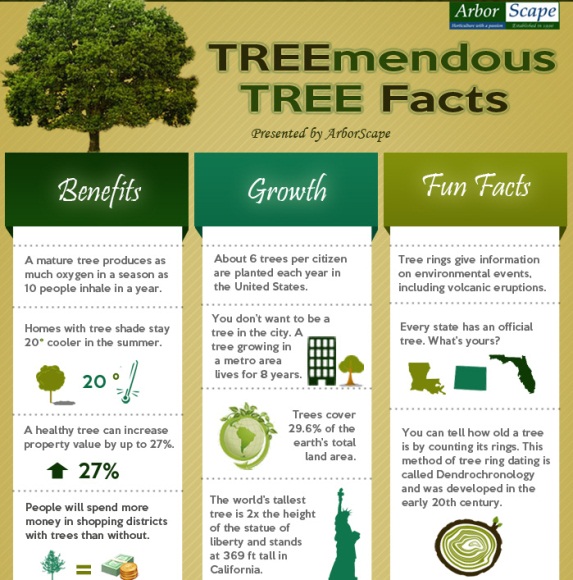Watch For Vital Signs That Show Your Tree May Be A Danger; Recognizing These Can Aid Secure Your Building And Those You Care About.What Should You Keep An Eye On Following?
Watch For Vital Signs That Show Your Tree May Be A Danger; Recognizing These Can Aid Secure Your Building And Those You Care About.What Should You Keep An Eye On Following?
Blog Article
Material Author-McDonald Aagaard
When it comes to tree treatment, identifying the indications that it's time for elimination is important for your security and residential property. You may see discolored fallen leaves, wilting branches, or strange fungal developments indicating health issue. Structural issues, like a substantial lean or fractures in the trunk, can additionally present threats. Understanding these warning signs can aid you make notified decisions regarding your trees and prevent prospective dangers hiding in your backyard. What should you search for next?
Indications of Degeneration and Illness
When you see indicators of decay and disease in your trees, it's essential to act promptly. Try to find blemished fallen leaves, wilting branches, or unusual growths like fungi. These can indicate that your tree is having a hard time.
If you see cracks in the bark or soft, mushy wood, these symptoms recommend internal decay. Additionally, https://drive.google.com/file/d/1ejLOSz6XzsvZvrRYFOwNepkzEJWlJZck/view?usp=sharing in pests around your tree can signal that it's damaged and susceptible.
Look for any type of dead or passing away arm or legs, as they posture a danger to your residential property and safety. If you doubt concerning what you see, getting in touch with an arborist can offer clearness.
Dealing with these indicators early can conserve you from more comprehensive damages and ensure the health of your backyard. Don't wait up until it's far too late.
Structural Instability and Leaning
As you observe your trees, keep an eye out for any type of signs of architectural instability or leaning. If a tree leans substantially, it may suggest that the origin system is jeopardized.
Check This Out for any type of fractures in the trunk or soil around the base; these can signal prospective failing. Furthermore, check for uncommon development patterns, like an uneven crown, which may recommend that the tree is having a hard time to hold itself upright.
If you notice that the tree favors your home, power lines, or various other frameworks, it presents a greater danger. Don't neglect these signs-- consult an arborist to examine the circumstance.
Taking action early can prevent pricey damages and guarantee your safety and security.
Dead or Dying Branches and Foliage
If you discover dead or passing away branches and vegetation on your tree, it's a clear indication that something's wrong.
These undesirable areas can show underlying problems like disease, insect invasions, or ecological stress and anxiety. When branches shed their fallen leaves or turn brown, they're no more contributing to the tree's wellness. Neglecting these indications could cause additional decrease, making your tree a lot more unsafe.
Dead branches can quickly break short throughout tornados, positioning a threat to residential or commercial property and individuals close by. It's important to analyze the degree of the damages.
If the problem impacts a substantial part of the tree, think about getting in touch with a specialist. They can aid determine if elimination is essential to make certain security and keep the beauty of your landscape.
Conclusion
If you notice any kind of signs of degeneration, architectural instability, or dead branches on your trees, do not disregard them. These indicators can position serious security dangers to you and your home. It's constantly best to speak with an expert arborist who can offer an expert evaluation of your trees. Doing something about it early can protect against accidents and pricey damages, guaranteeing your landscape continues to be risk-free and healthy. Remember, it's far better to be positive concerning tree care than to await a disaster to occur.
